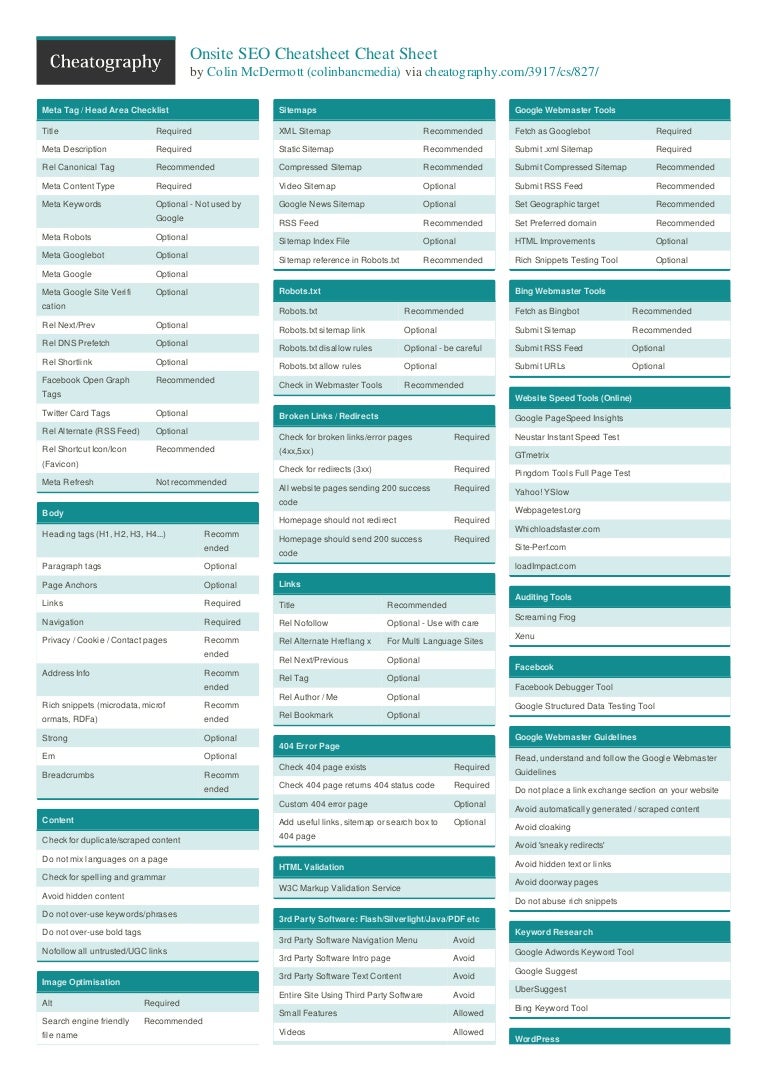


The goal is to always keep search engines and users moving deeper into the site, so if you’re referencing specific pages or sources, be sure to link to them using anchor text that uses calls to action (e.g. One thing you should make sure is to check that you don’t exceed the words limit and utilize the space effectively like the examples above. It doesn’t matter if you are a startup or just a service provider in your area, you can use the meta description to feature your USP. Here are some examples of meta descriptions done right: Make those 150 characters count by utilizing the space to make a call to action, note unique value propositions, your brand name, any geographic locations/featured details about your business, etc. Write Feature Focused Meta Description:Ĭlocking in at around 150 characters, the meta description is one of the most powerful tools you have in the SERPs, as it’s the only place in the search engine where you can essentially get ad copy for free. The BuiltVisibile Guide to Generating Rich Snippets: ĥ.Reference Guides on How Rich Snippets/Structured Data Markup Work:

Here’s what you need to know about adding structured data markup to your site. Structured data can have a multitude of benefits, ranging from improved CTR in the SERPs to better SEO performance overall. We have an example of a traditional simple search result, one with star rating, one with an image and lastly a result with both star and image with recipe ingredients. Below is a screenshot from search result for Za’atar Recipe and we see the difference where structured data markup was use.
#Seo checklist full
This does not apply for every content type, however, one should make full use of it where it does. Giving search engines as much information as possible about your site and the information it offers can only enhance your performance, so it’s become key for pages that want to outrank their competition to use structured data markup (also known as rich snippets) to enhance their search engine listings.
#Seo checklist how to
Our title describes the topic of this post, followed by sub-headings which further explains and goes into detail about On-Page SEO.Īs you work down the page, notice the headings and subheadings of your content and utilize the same principles that you would for title tags.ĭo the heads and subheads use keywords naturally? Do they add to the flow of the page? Do they compel and engage? These are the questions you should be asking yourself at every step of the on-page SEO process, but they really come into play when you look at how to utilize h tags effectively. The purpose of H tags is to tell Google how the content is structured for readability. However don’t over optimize your page by adding keywords to sub-headings which are H2, H3, and H4. H1 tags are meant for the Headline and therefore your Title should be wrapped around this tag. New Title Tag Guidelines & Preview Tool.How to Write Title Tags for Search Engine Optimization.

Not sure where to start? Check out these resources for writing more effective title tags: Tip: The closer you have the keyword at the beginning of the title, the more weight it carries in search engines Use the principles of writing good headlines by writing title tags that are understandable, simple, and get right to the point. That is why it is recommended to include the keyword you are trying to rank for, however, ensure to not only use keyword wisely, but that the title is compelling. The title tag is the most important on-page SEO factor and we’ve seen pages ranking when used keywords properly in the title tag. Google’s algorithm places a lot of weight to Title tag to identify what the web page is about and it not only shows on top of your browser but also in the SERP results. Serve up the 2. Title – Always Include Keywords: ( I think might be because resource pages consists of 2-4 words only).ī) Avoid ugly default urls generated by your Content Management System, a good example of an SEO-friendly URL for this article would be rather than Ĭ) Make sure to check to see if you’re using only one version of your URL – if not, you should be, as you may run into some confusion on both the user and search engine end. The key is to keep it simple, easy to read, and recognizable yet keyword rich as in Google search results, the keywords in url are bold which means they still carry some weight.Ī) Experiment with Keyword-only url’s as they’ve shown signs of getting rank higher. This is good for both search engines (to assign SEO value) and users (to establish trust by making the URL understandable). Enhance visibility with SEO-Friendly URLs:įirst off, when creating your new page (or modifying an existing one), be sure to have an SEO-friendly URL that uses keyword phrases naturally while demonstrating what the page is about.


 0 kommentar(er)
0 kommentar(er)
